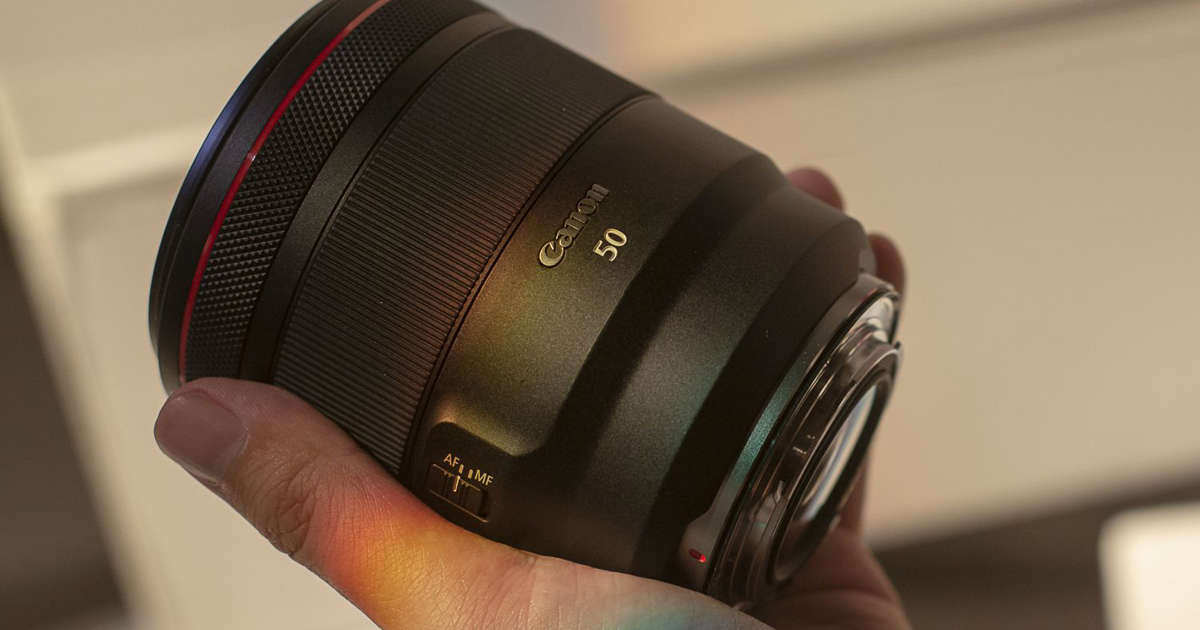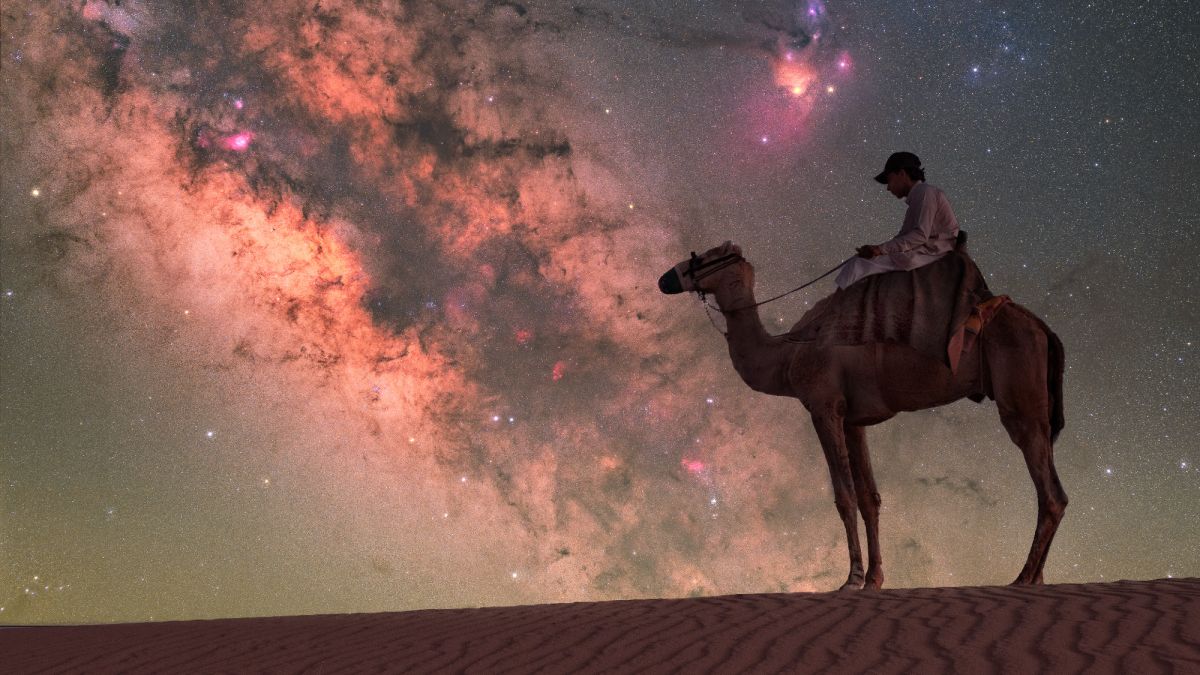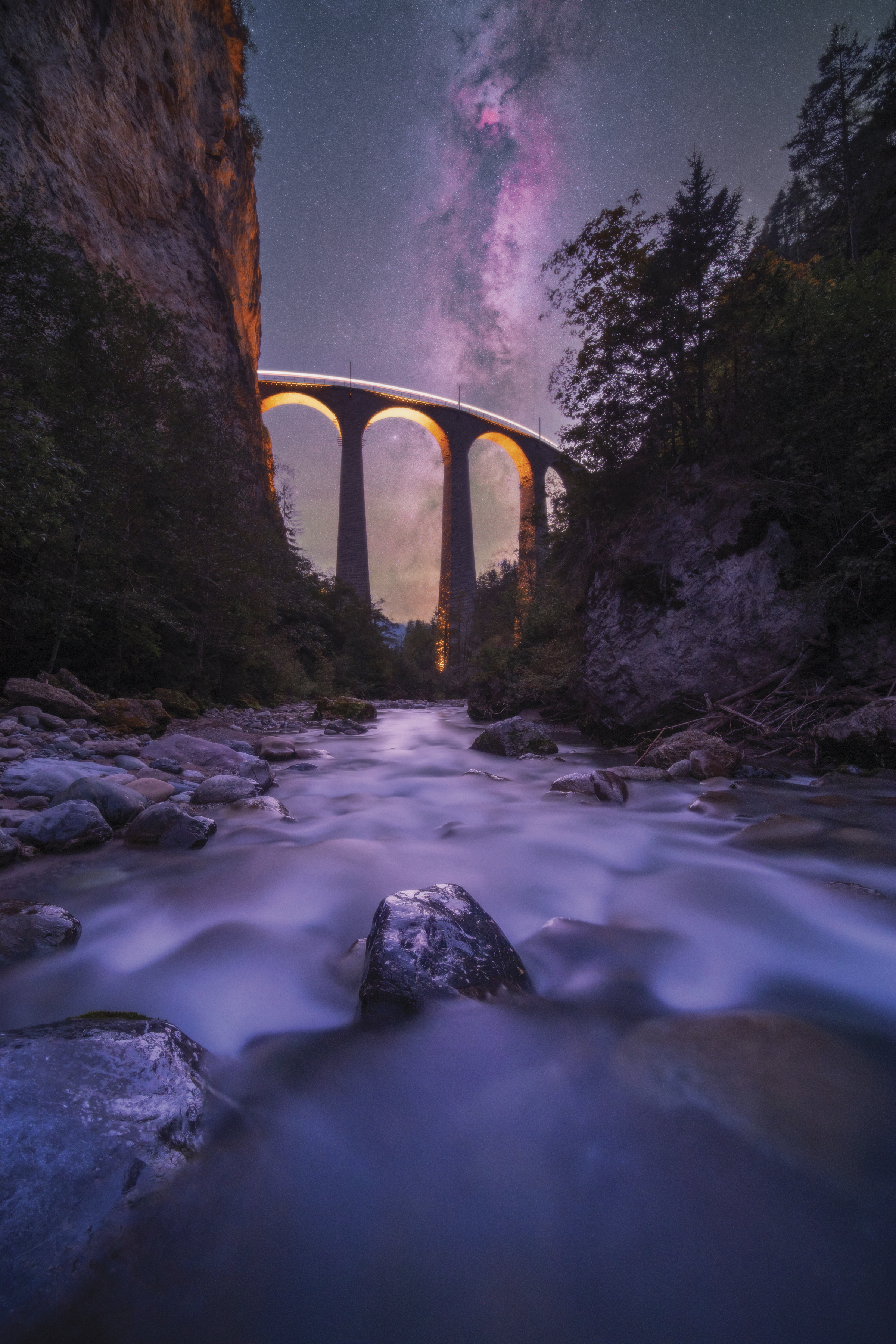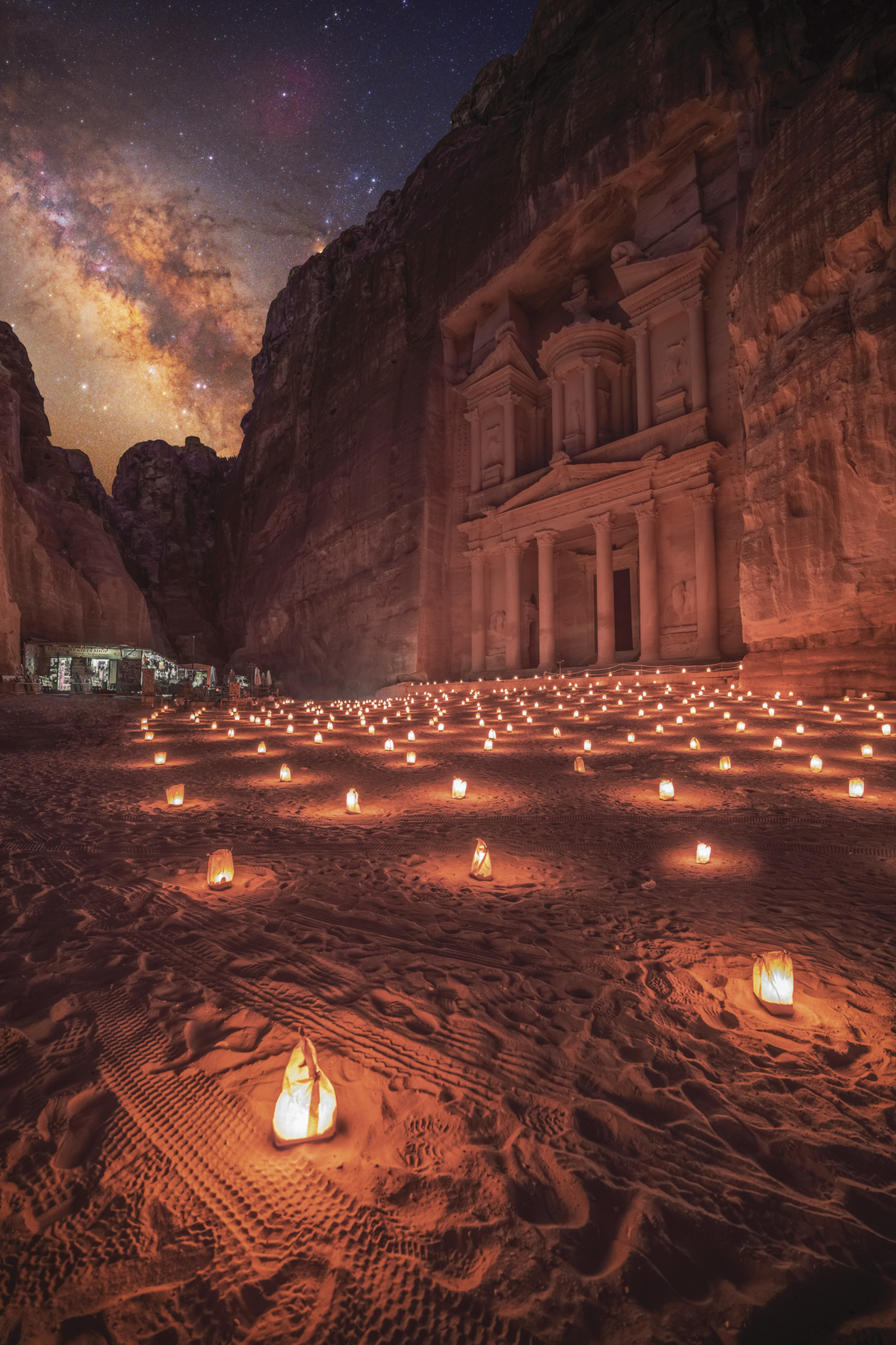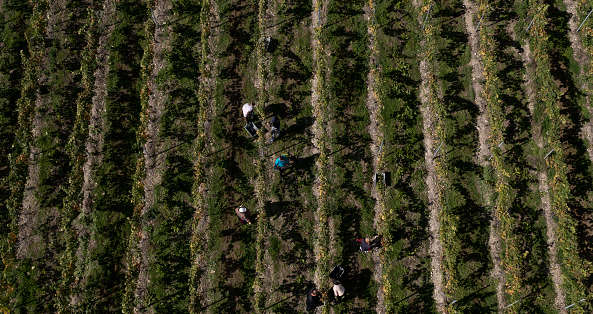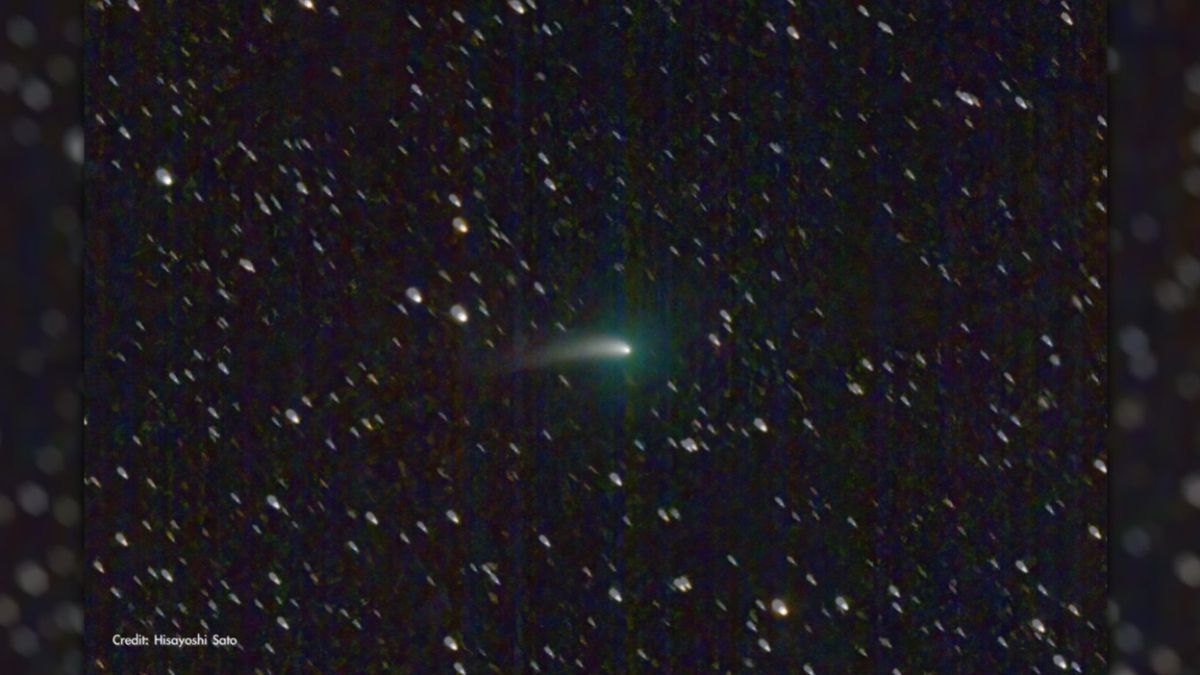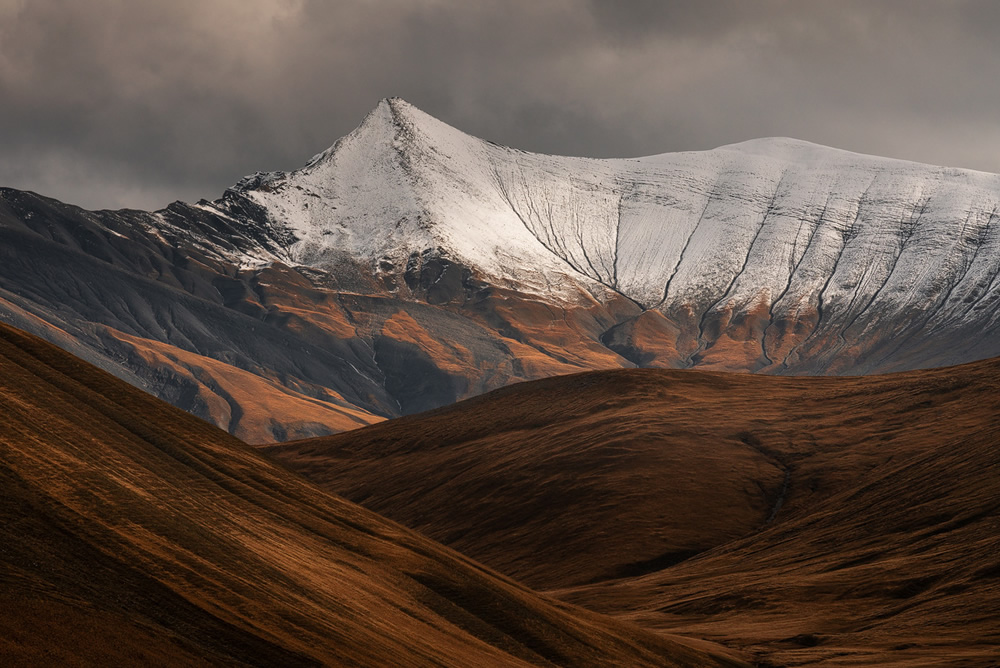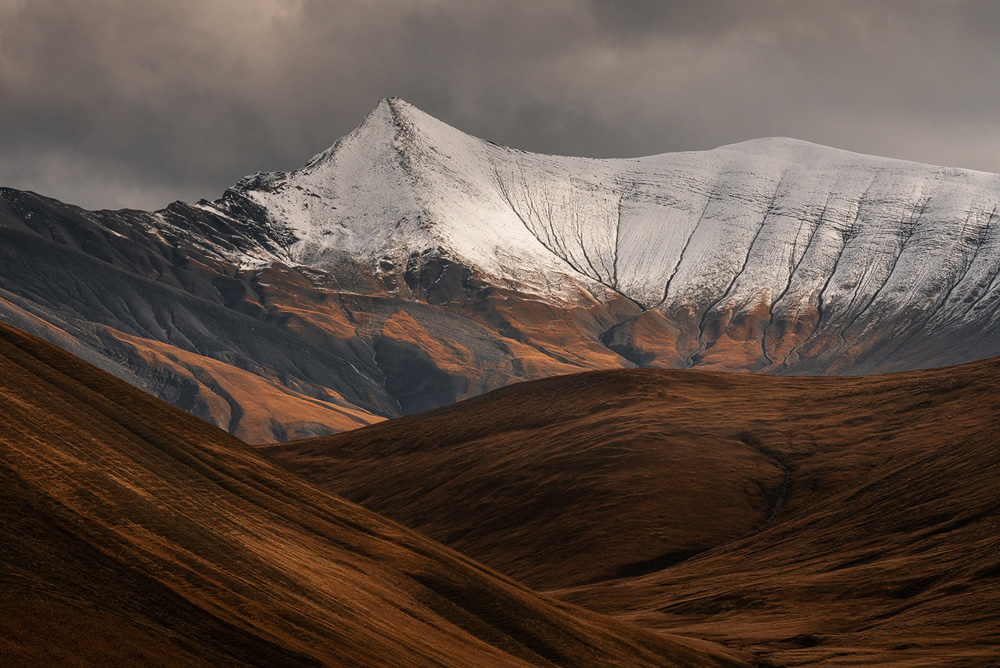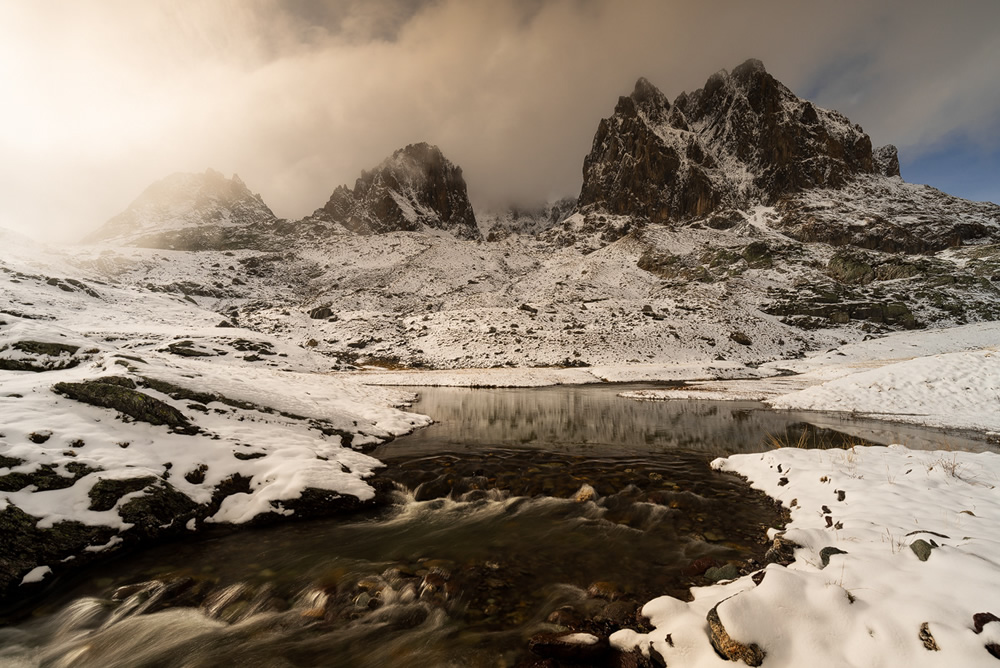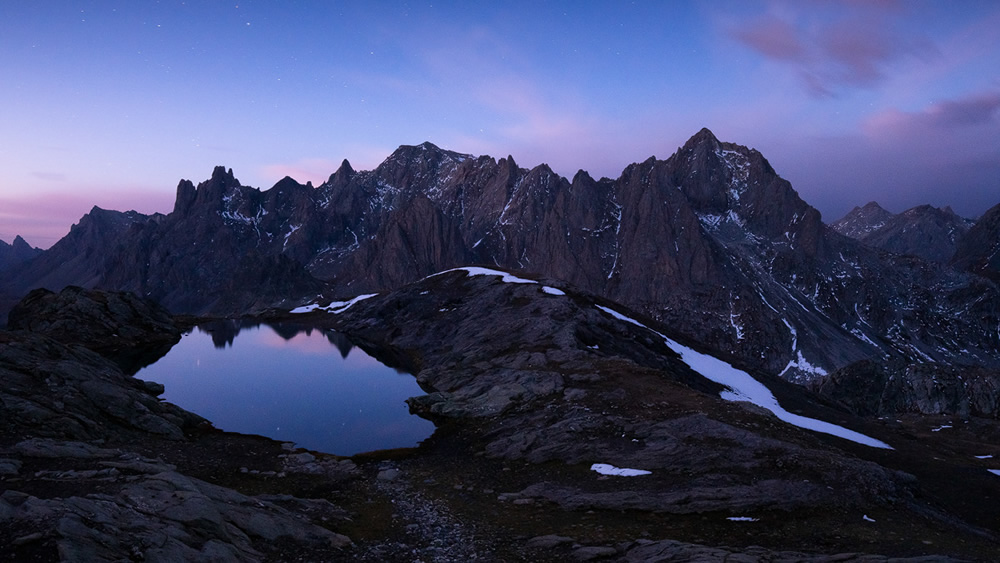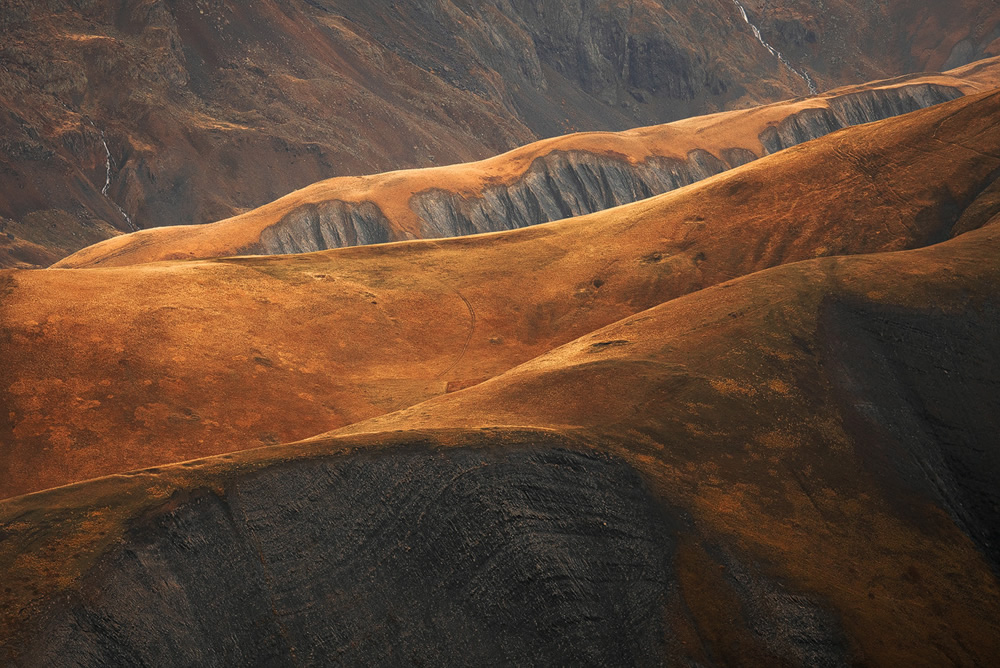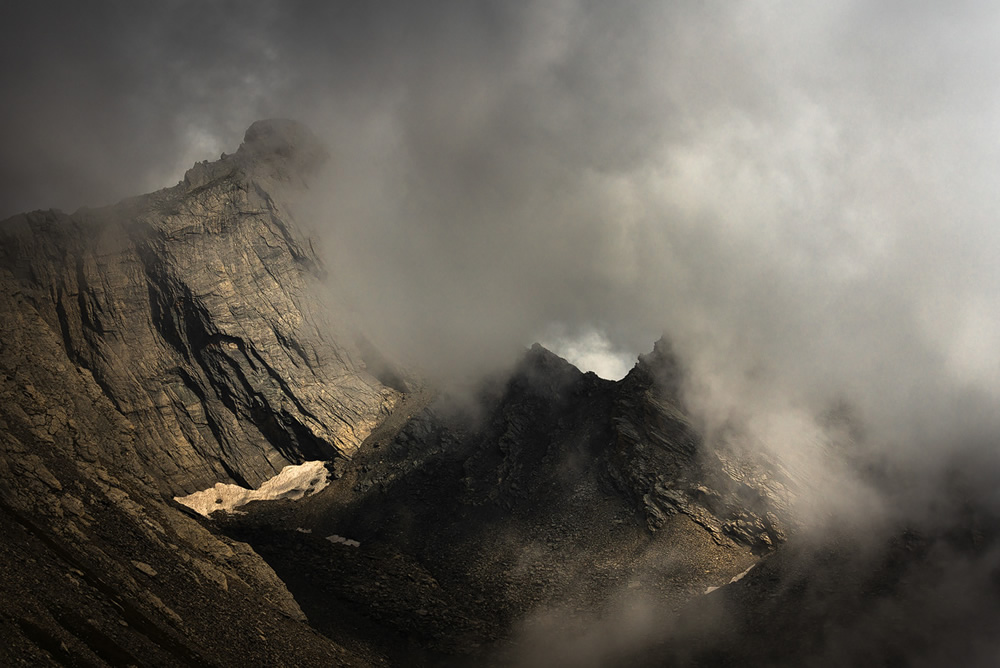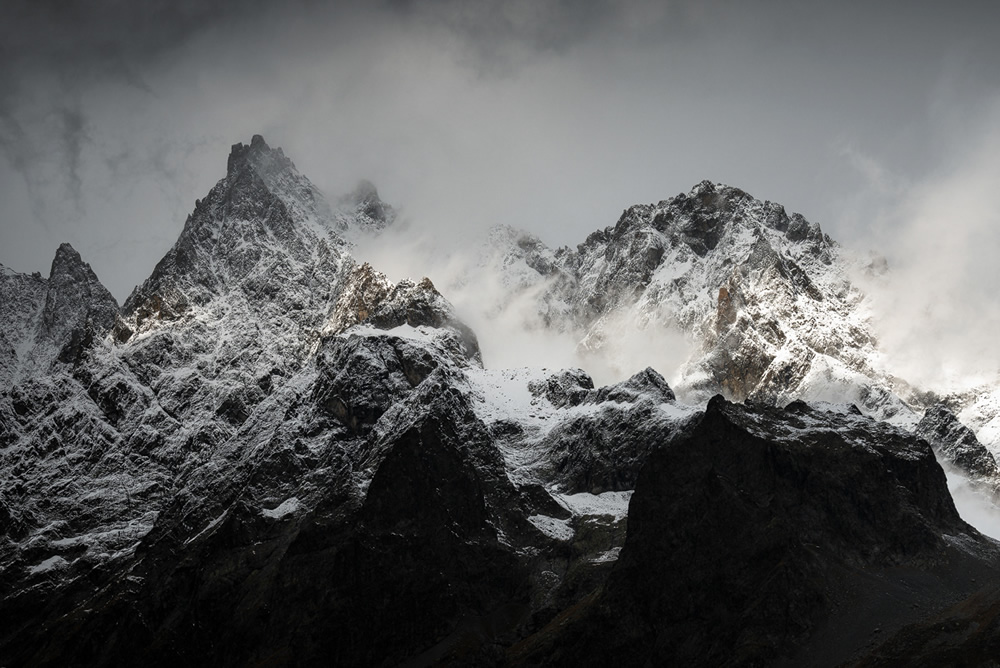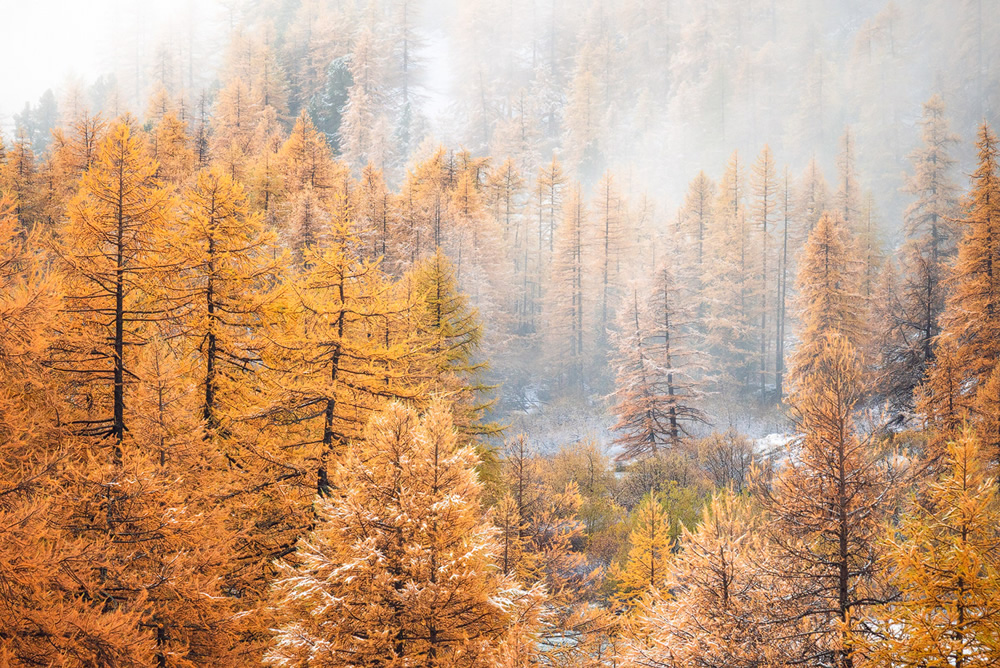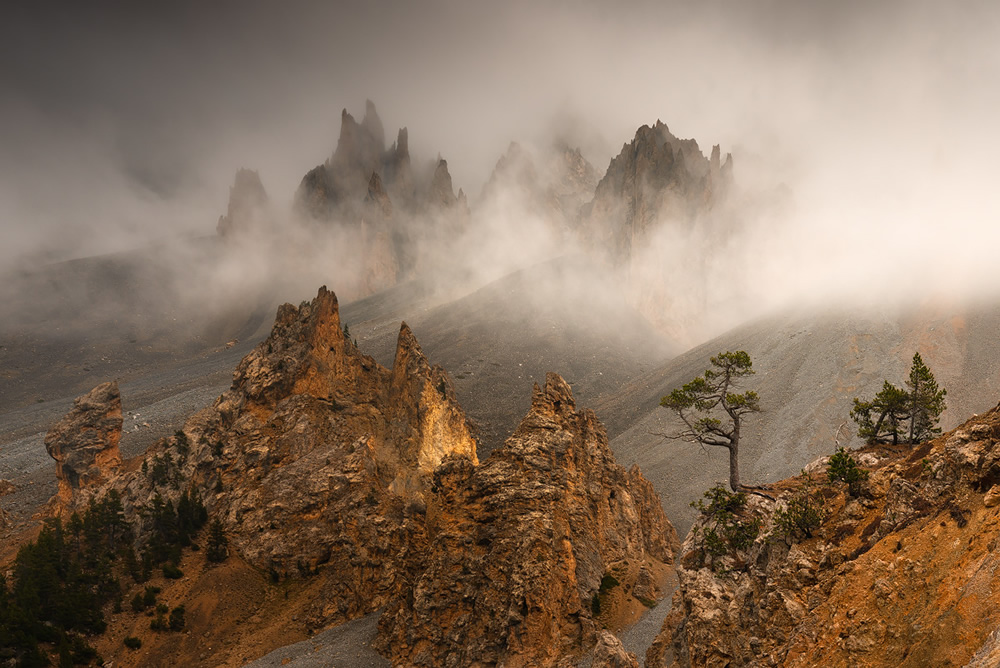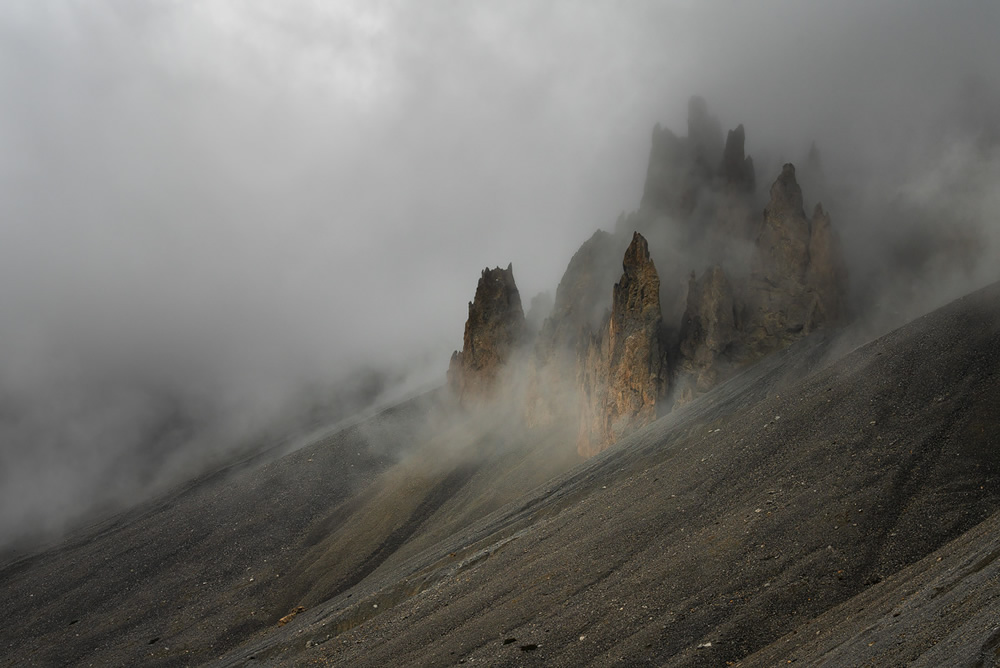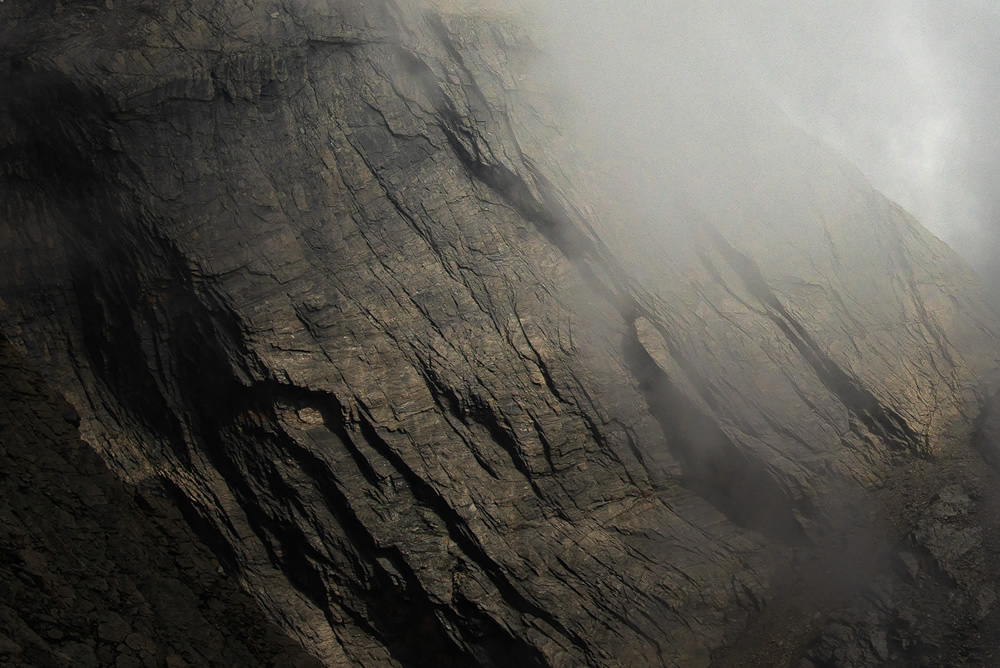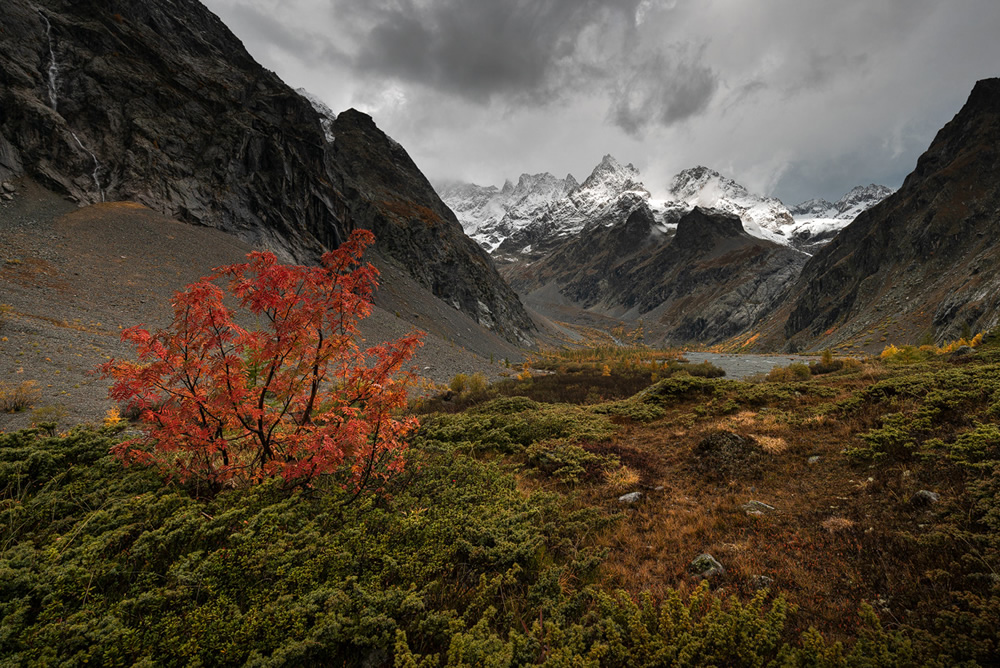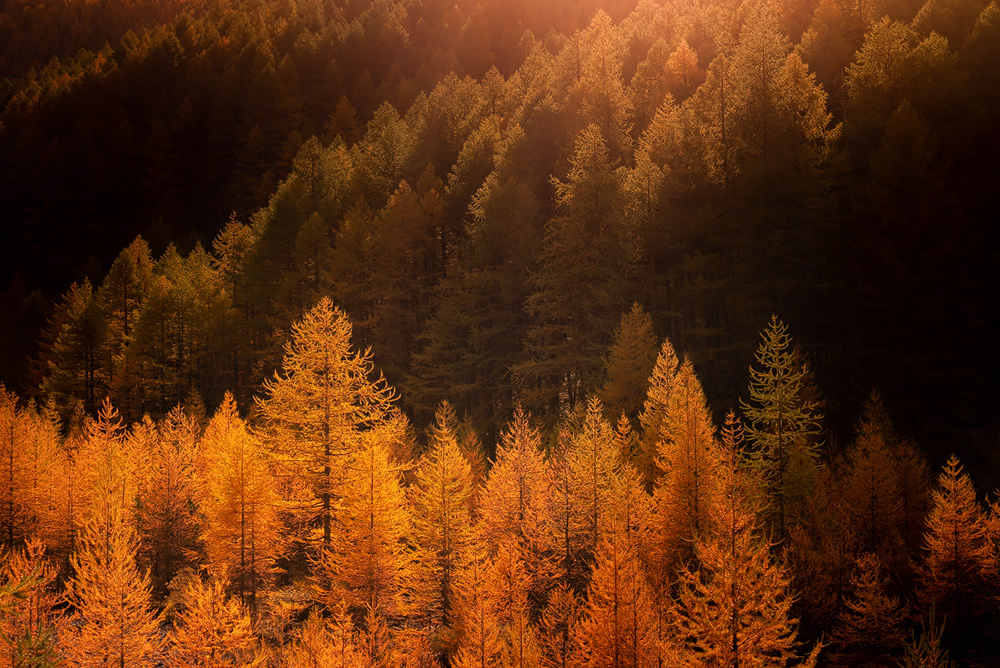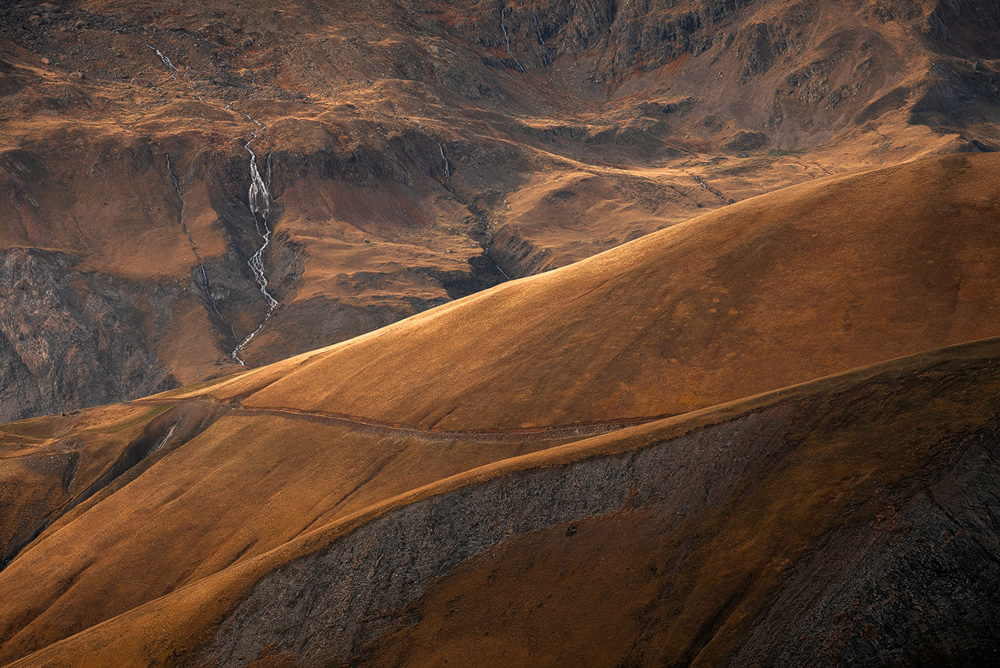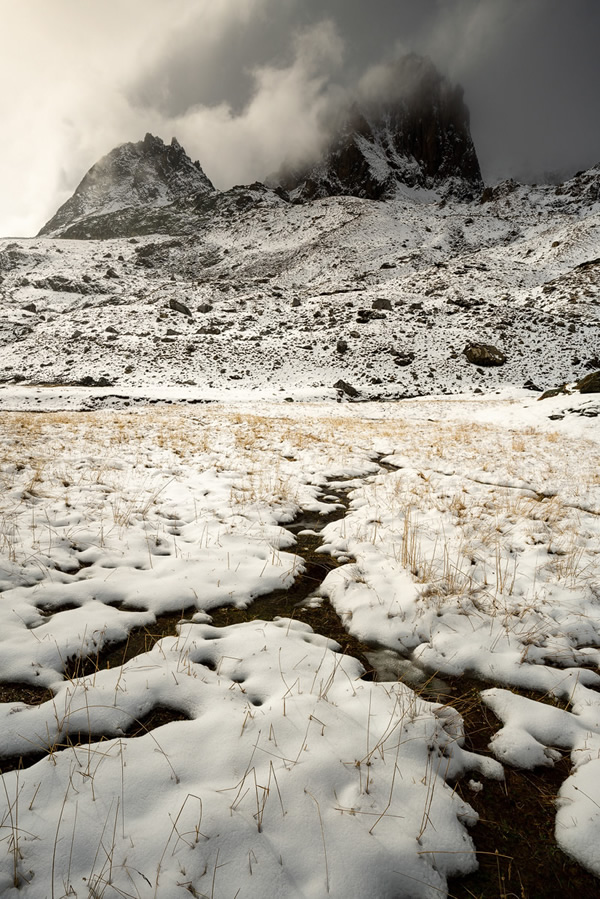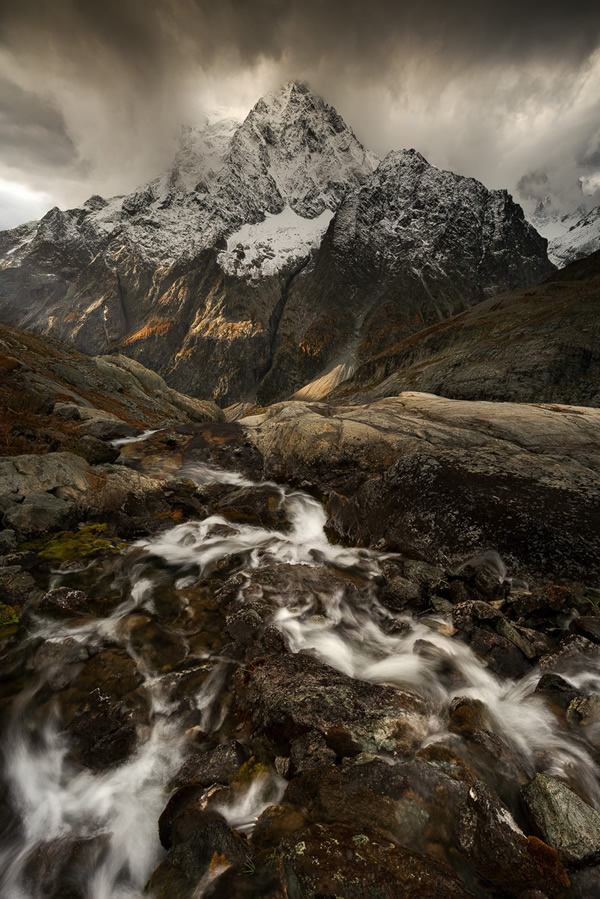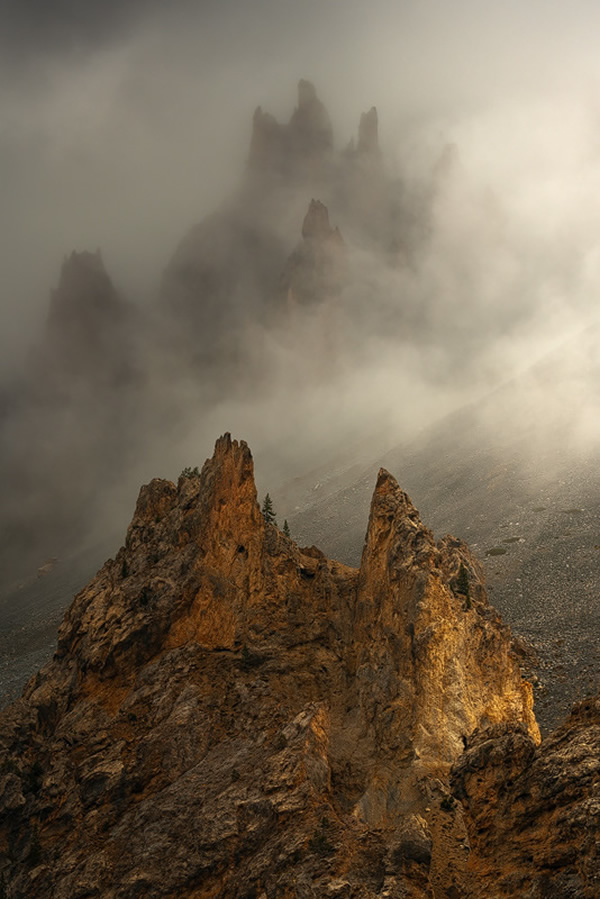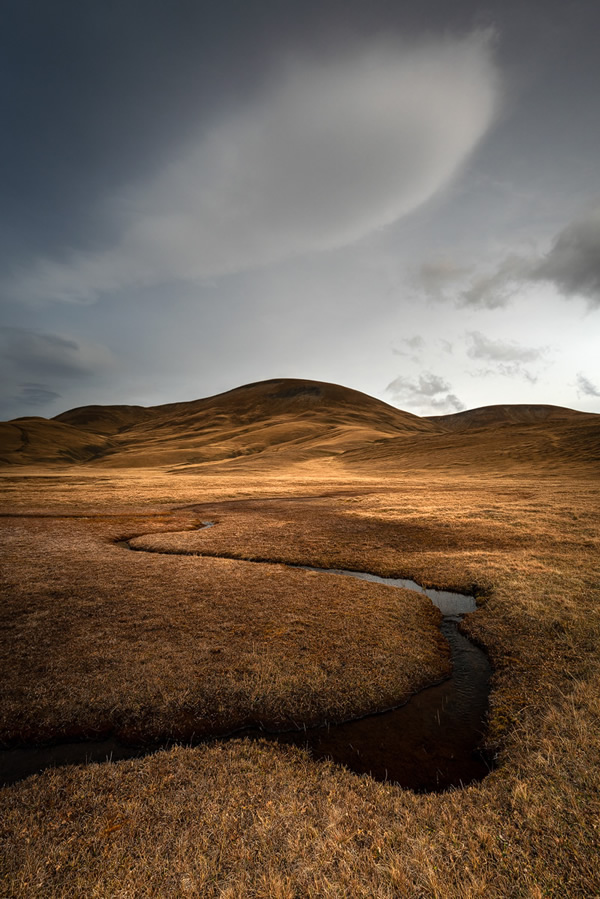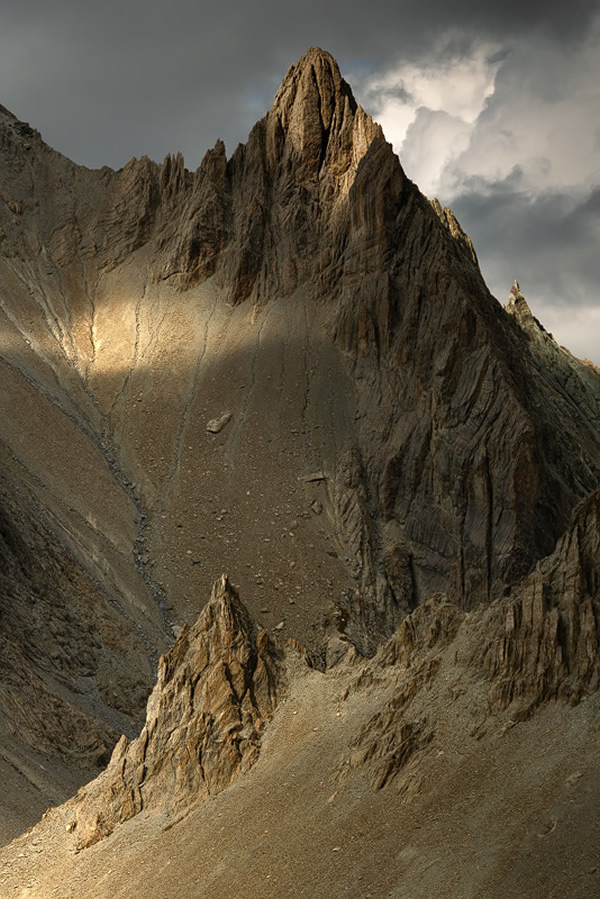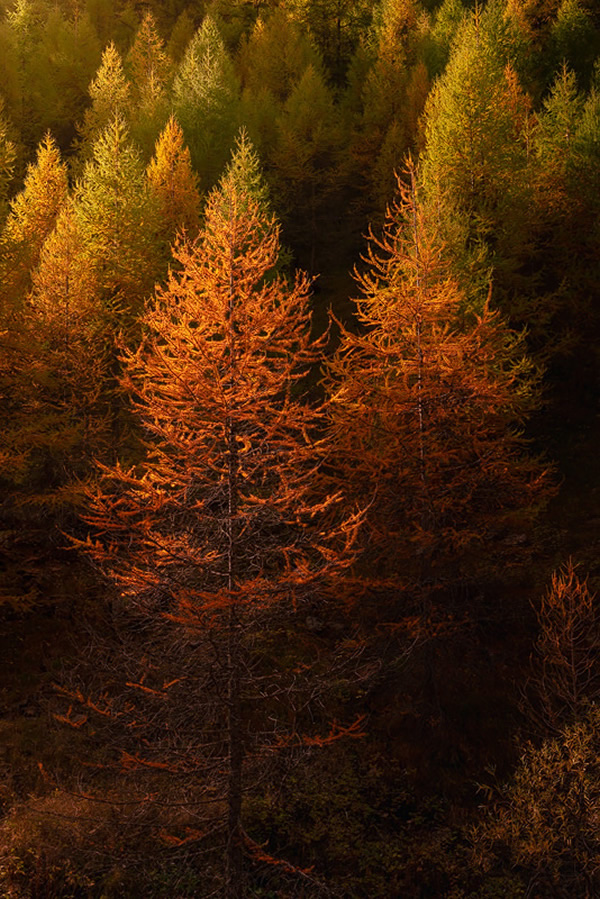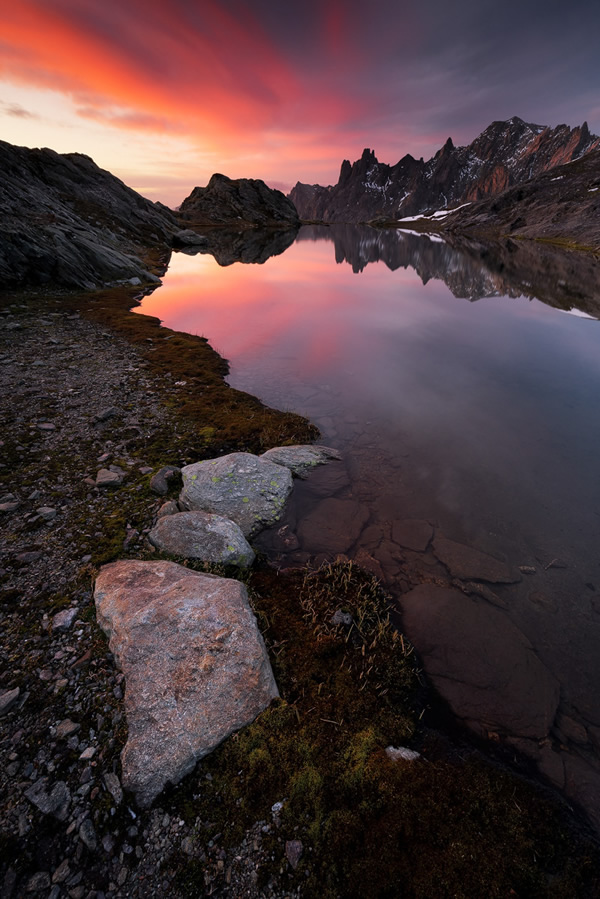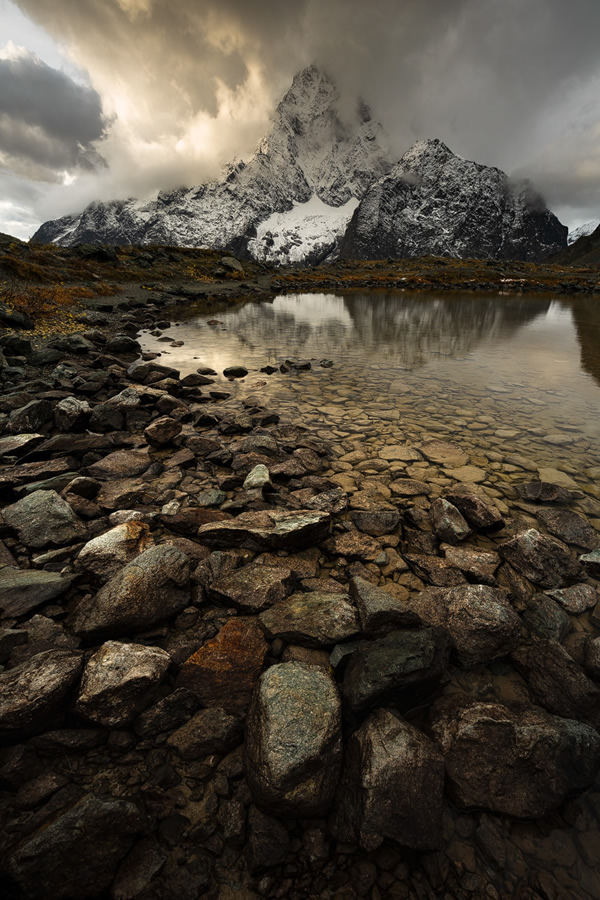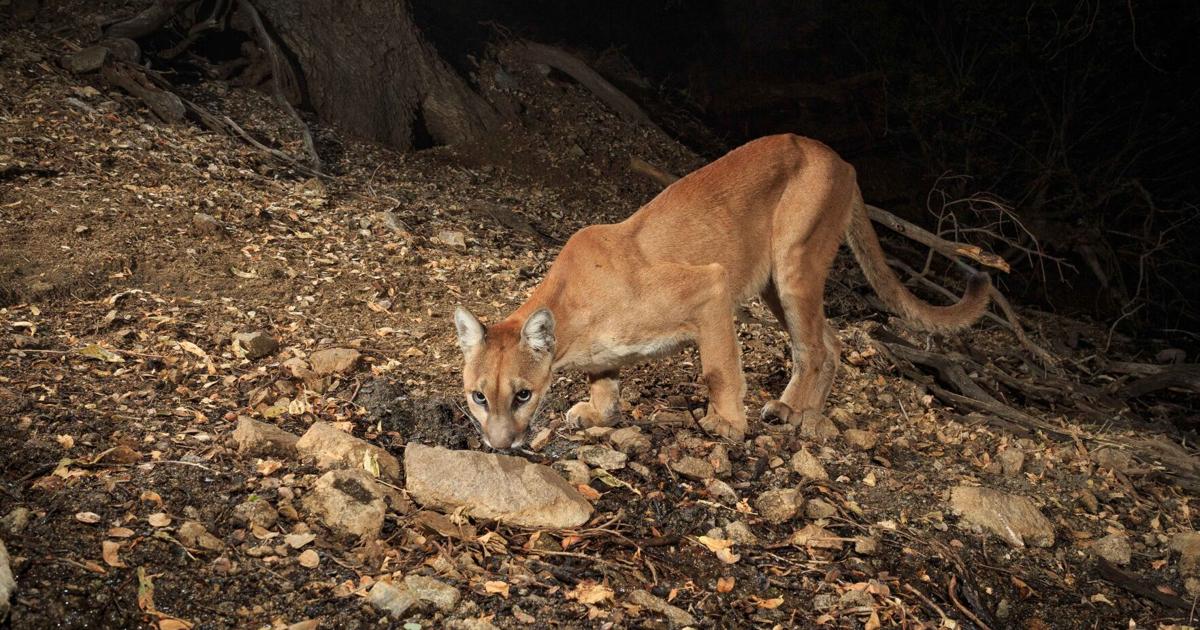[ad_1]
© Provided by Refresh Lifestyle
Explore funny T-Shirt ideas on Amazon.
Many of us have no idea what it is like in the army. Sometimes we hear prejudices or assumptions, but rarely are we aware of the reality. No wonder, after all, we seldom have direct contact with people in the army and accordingly do not know how everyday life there is or which people actually work there.
When we turn our attention to the pictures of Brazilian photographer Paula Mariane, light comes into the darkness. As the first civilian in history, she accompanied the Brazilian army for several years and documented their daily lives. How she came to do this and what a formative experience it was, she tells us in an interview with ZEITjUNG.
ZEITjUNG: What inspired you to start the photo series „Laces of Honor: The other side of the Brazilian Army“ and how can we understand the title?Paula Mariane: I was never interested in nature or landscape photography. I wanted to see images of people. Also, I always wanted to deal with stories that hadn’t been reported yet. For this reason, I am also the first civilian who wanted to, and ultimately was able to, report on everyday life in the Brazilian army. I am proud of this reportage because the Brazilian armed forces were not accessible to the civilian population before. Many people didn’t even know what they did or how they were structured. A big focus was to document the trainee fighters of the Brazilian Armed Forces and at the same time it was important for me to counteract the lack of knowledge about the Brazilian Armed Forces . As I said, it is the first time that this topic is presented from a civilian perspective.
How long did you accompany the military academy to get such an up-close look at its everyday life?Paula Mariane: I accompanied the academy of the Brazilian Armed Forces for almost four years. I then started the project on February 5, 2016.
How did you, as a civilian, get access to this field?Paula Mariane: When I was a student for a year, the Brazilian Army offered a course for journalism students with the ambition of bringing the armed forces closer to the students. That’s how I met the armed forces for the first time in my life. I have no parents or relatives there.
What was the biggest problem for you when you shot these photos?Paula Mariane: My biggest problem was to believe in my own ideas when I felt alone with them. But I have never been alone. God was with me. I heard „NO“ many times, but I never gave up. I am extremely stubborn about what is good and bad. I found important people who helped me and had support from many people in the army. Also, a Swiss friend who is also a photographer gave me a new camera because he also works in the same field as me and wanted to help me. I noticed that the support had crossed country borders, which I am still very happy about.
What was the most fascinating event you experienced while photographing during your project?Paula Mariane: The most fascinating event I experienced was climbing Pico das Agulhas Negras together with the army. It is the fifth highest peak in Brazil. This military activity was organized by a special department, a group that is considered military elite that works in the academy.
What do people need to know about the army?Paula Mariane: It is a safe career, but it is not easy. I have seen how the soldiers work and suffer. It’s very hard. But on the other hand, I have also learned a lot about special missions. For example, the army does a lot of social work that helps a lot of people. Unfortunately, almost nobody talks about that.
Back to your pictures – what makes a good photo for you?Paula Mariane: At the end of the day, your camera is not the most important thing in your career as a photographer. Before you become a good photographer, you have to be a good person. It’s a great advantage if you can turn your prejudices into curiosity and empathy, so that you can influence the world in a better way. Our essence is the key to a good photo. Remember where you come from and who you are. Give thanks for everything.
Explore funny T-Shirt ideas on Amazon.
Image source: Paula Mariane
Explore funny T-Shirt ideas on Amazon.
[ad_2]
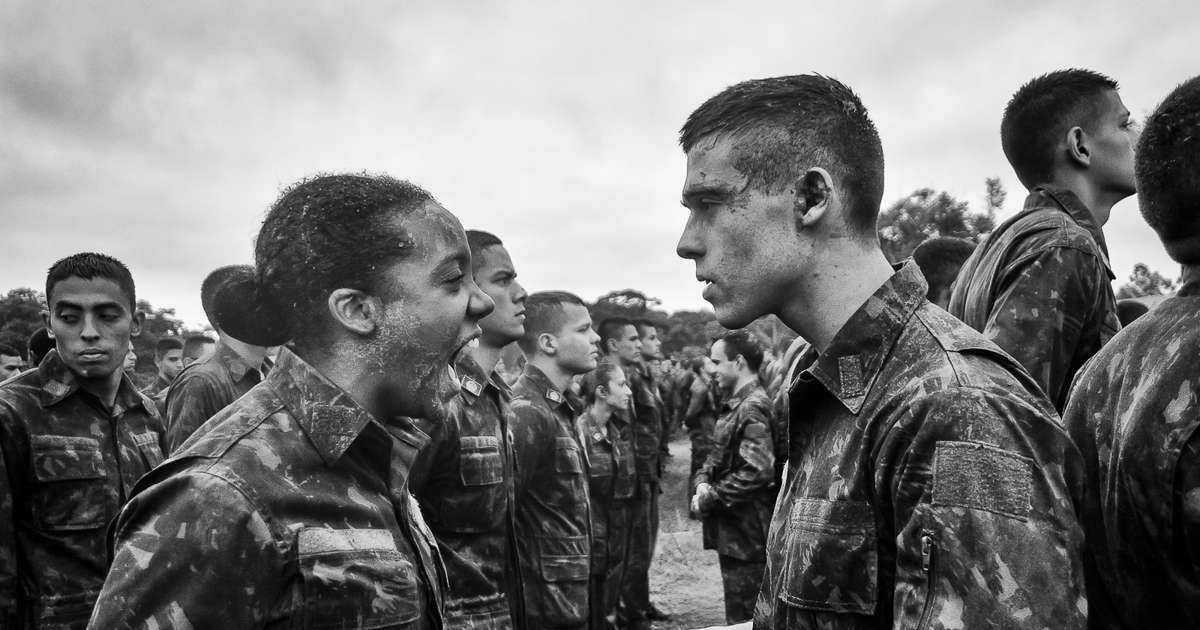

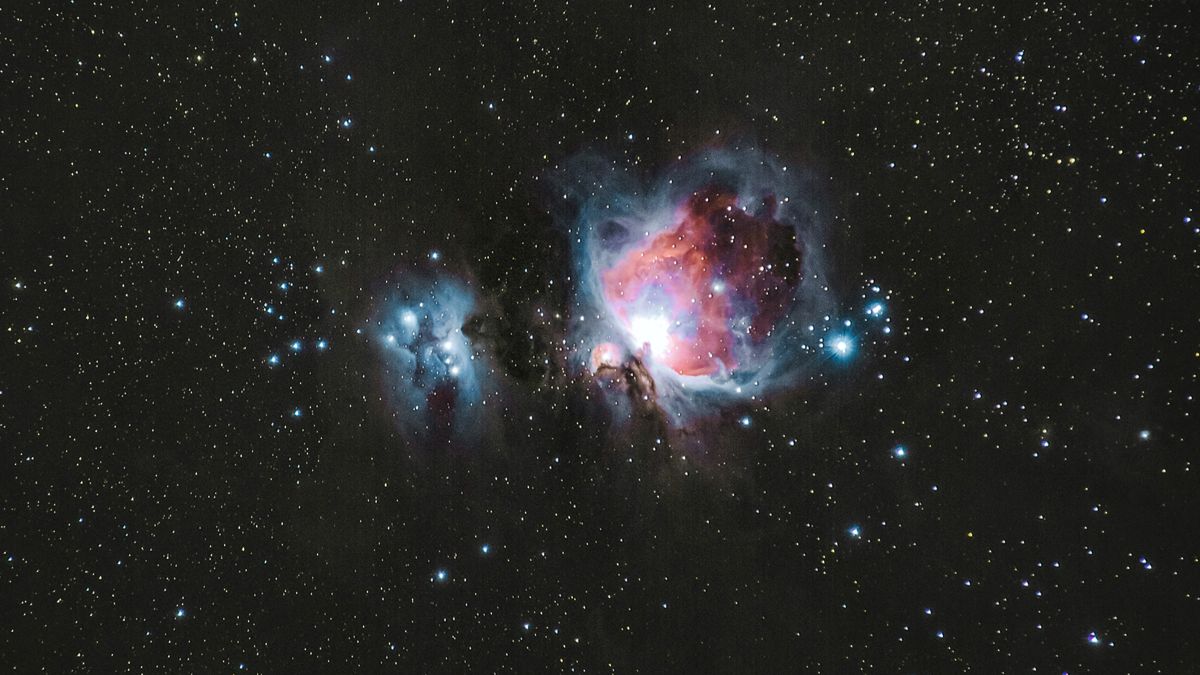

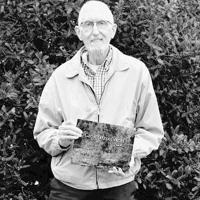
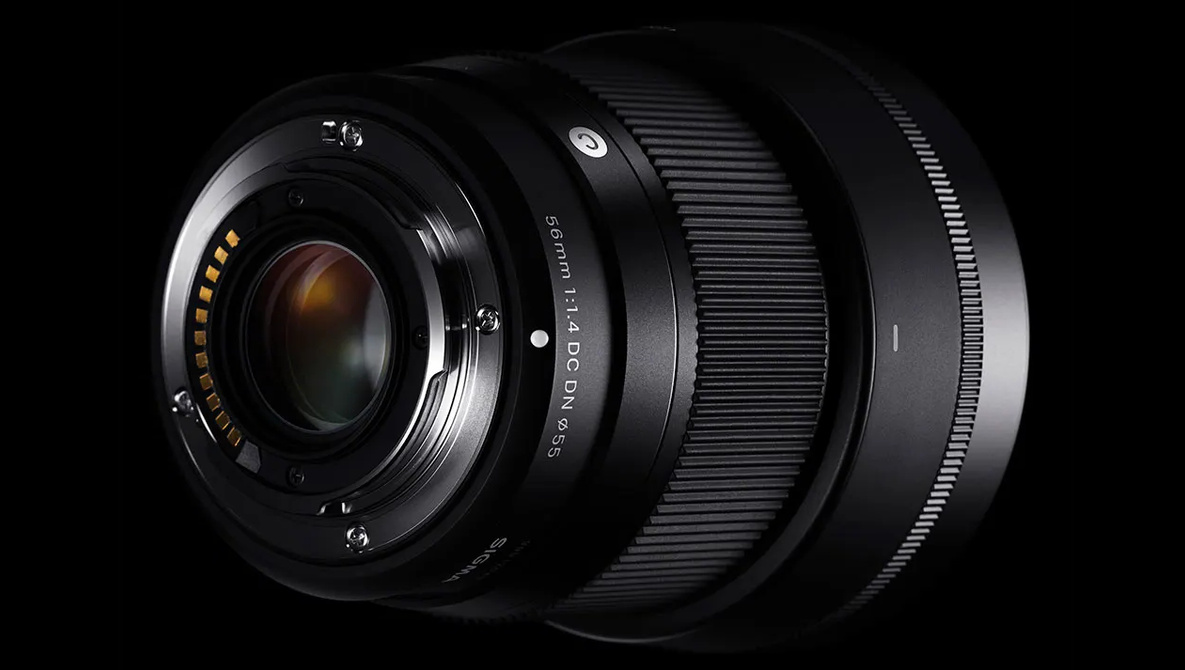
 Build Quality
Build Quality
 Ergonomics and Handling
Ergonomics and Handling
 Performance
Performance
 Image Quality
Image Quality
 Conclusion
Conclusion What I Like
What I Like